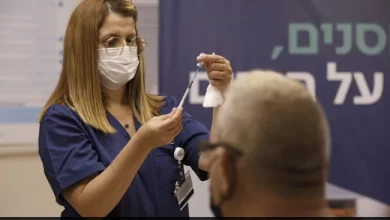Kidney stones could be broken using sound waves, study shows

Scientists have shown that sound waves could be used to break kidney stones. The new innovative technique that employs sound waves is called burst wave lithotripsy (BWL).
Scientists are optimistic that BWL may provide an effective, more accessible alternative for noninvasive treatment of kidney stones. BWL uses focused ultrasound bursts and according to researchers it is a low-cost option that could save government and people billions of dollars in kidney stone treatment.
Kidney stones are a very common condition, affecting 1 in 10 Americans at a cost of $10 billion per year. While many stones pass on their own, other treatments are sometimes needed. Some fairly small stones can be treated using a technique called extracorporeal shock wave lithotripsy (ESWL), using shock waves to break up the stones so that they will be more likely to pass on their own. The ESWL procedure is performed in a hospital or clinic, typically with the patient under sedation.
In contrast to the shock waves used in ESWL, the BWL procedure uses “short harmonic bursts” of ultrasound energy – potentially allowing the stones to be broken up in a shorter procedure without the need for sedation or anesthesia. Pre-clinical studies supported the effectiveness of BWL in breaking up experimental stones of varying size and composition.
For the next step in developing the procedure researchers performed initial studies in human patients with kidney stones. The patients were undergoing a surgical procedure, called ureteroscopy, that is used to treat larger stones. Before that treatment, the stones were treated with a short period of BWL – no longer than 10 minutes. Using the ureteroscope, the researchers were able to directly observe how well the ultrasound waves worked in breaking up stones, as well as observing any injury to the kidney tissues.
In the study, BWL was used in 19 patients to target 25 confirmed stones. Overall, a median of 90% of the stone volume was completely broken up (comminuted) within the brief treatment period. Thirty-nine percent of stones were completely fragmented while 52% were partially fragmented.
Most of the stone fragments measured less than two millimeters – small enough that they would be easily able to pass on their own, without much pain. Examination through the ureteroscope showed mild or no tissue injury related to the BWL procedure, consisting mainly of mild bleeding.
For several reasons, BWL could be an important practical advance in the management of kidney stones. Many patients make multiple visits to the emergency department while waiting for definitive treatment of their kidney stones, often requiring opioids for pain management. Some patients require repeated treatment, even after surgery or ESWL.


